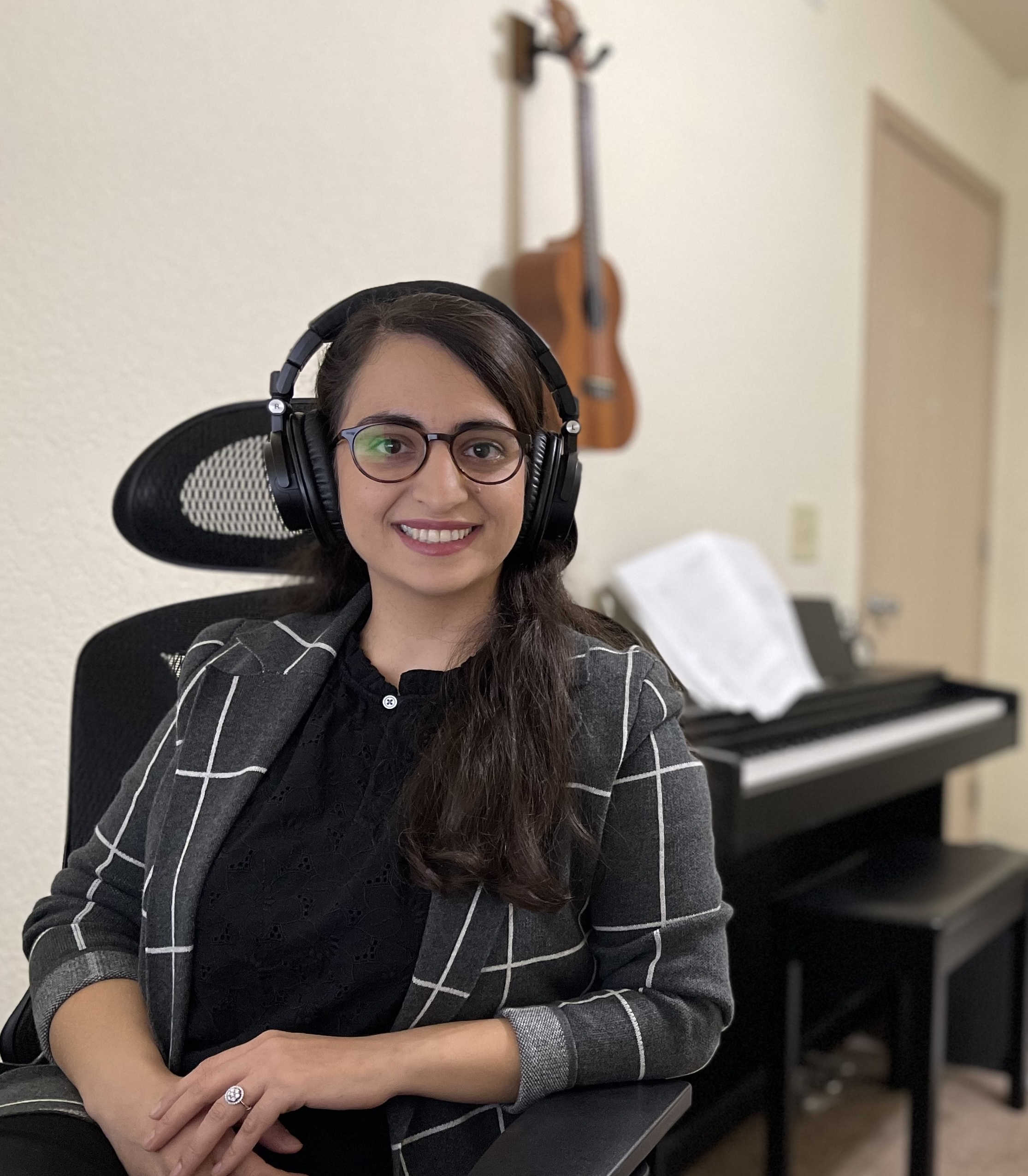
Fatemeh Jamshidi
Assistant Professor
Computer Science, College of Science
Phone number
909.869.3451
Office location
Office hours
M W | 2:00 PM - 3:00 PM

Assistant Professor
Computer Science, College of Science
909.869.3451
M W | 2:00 PM - 3:00 PM